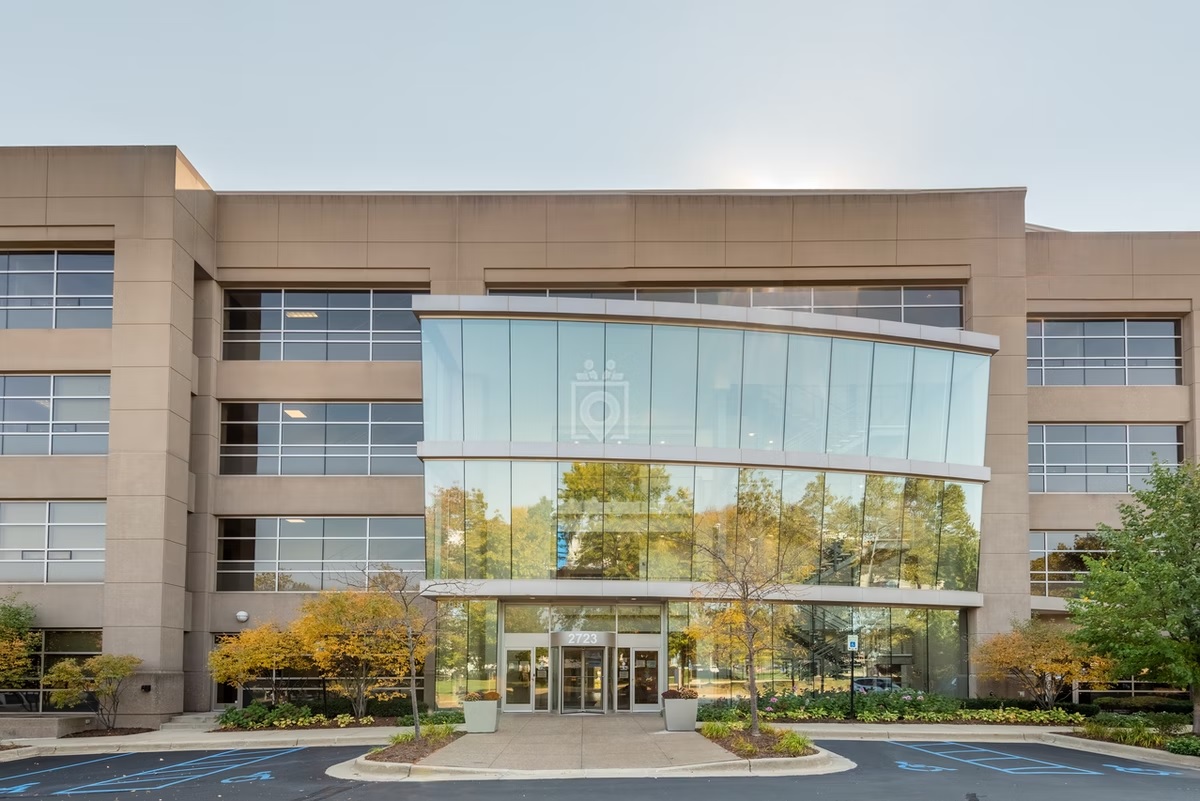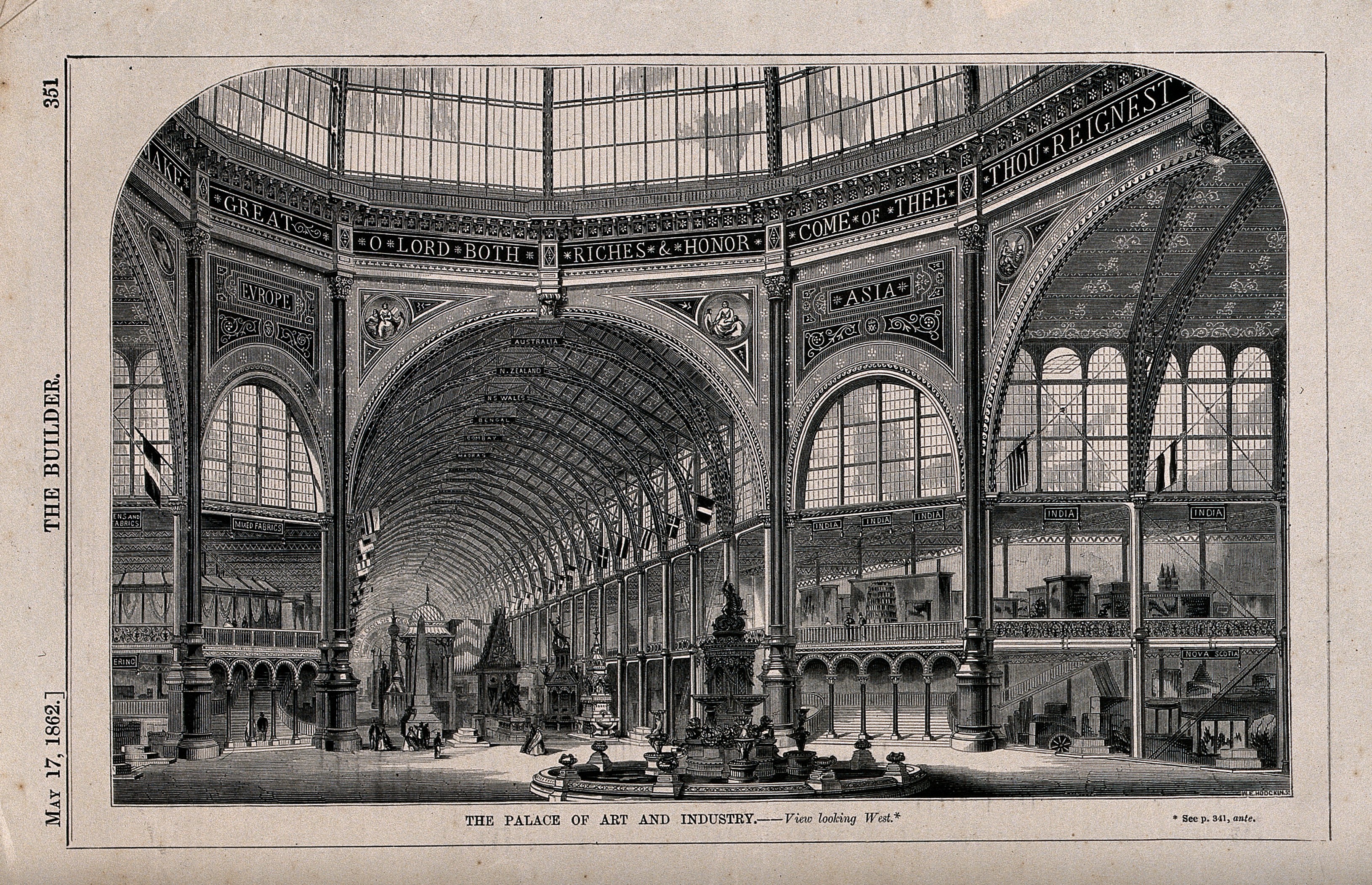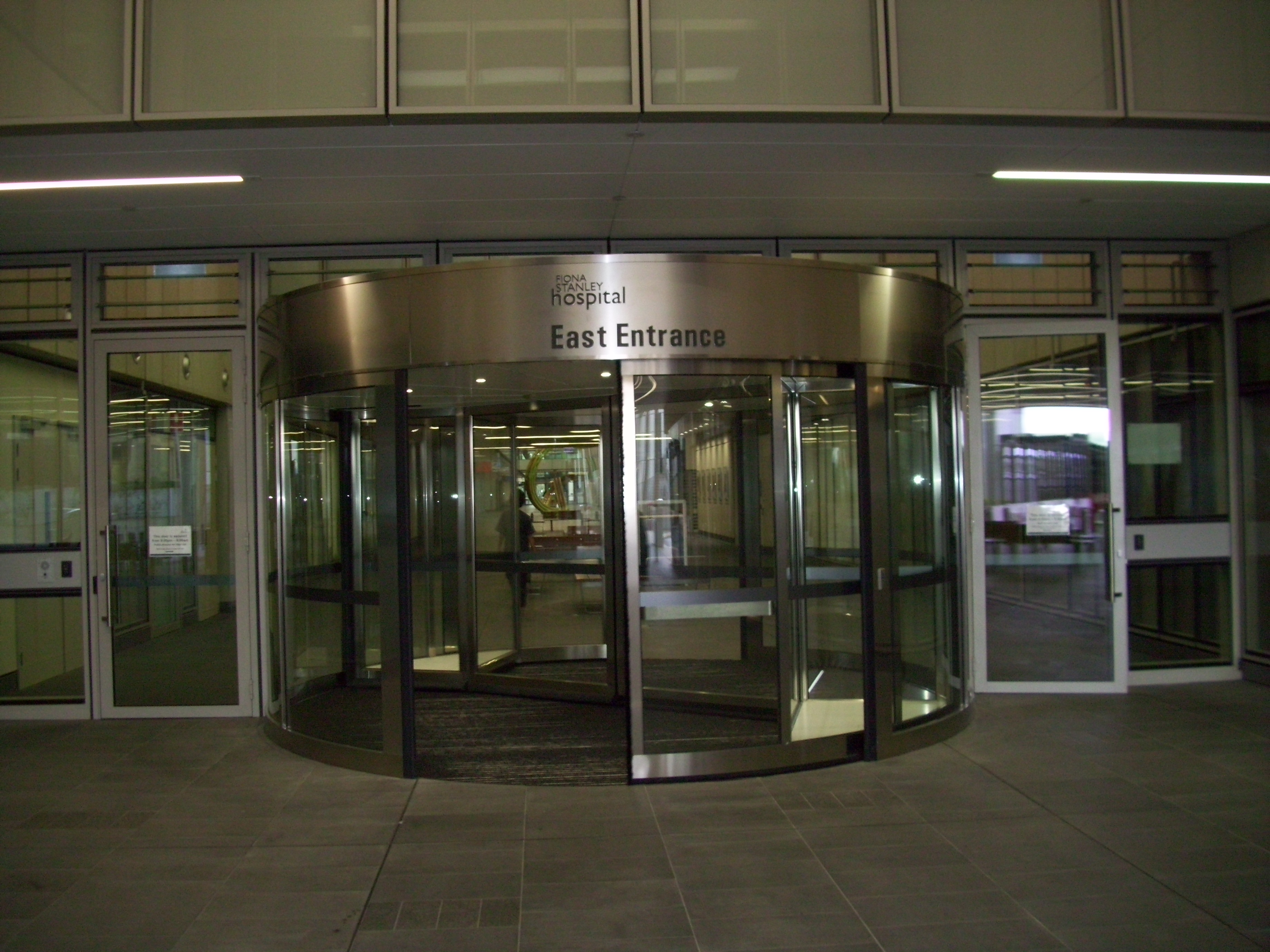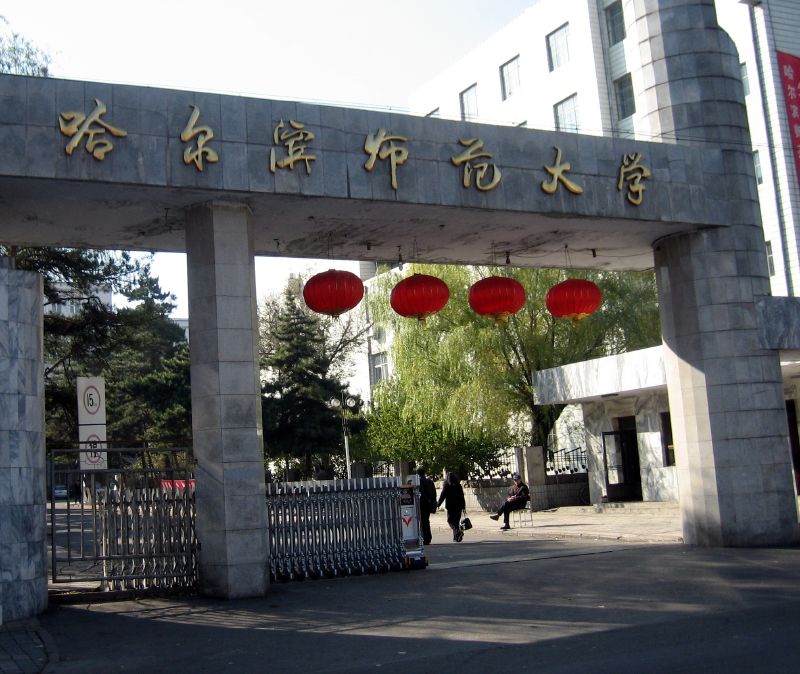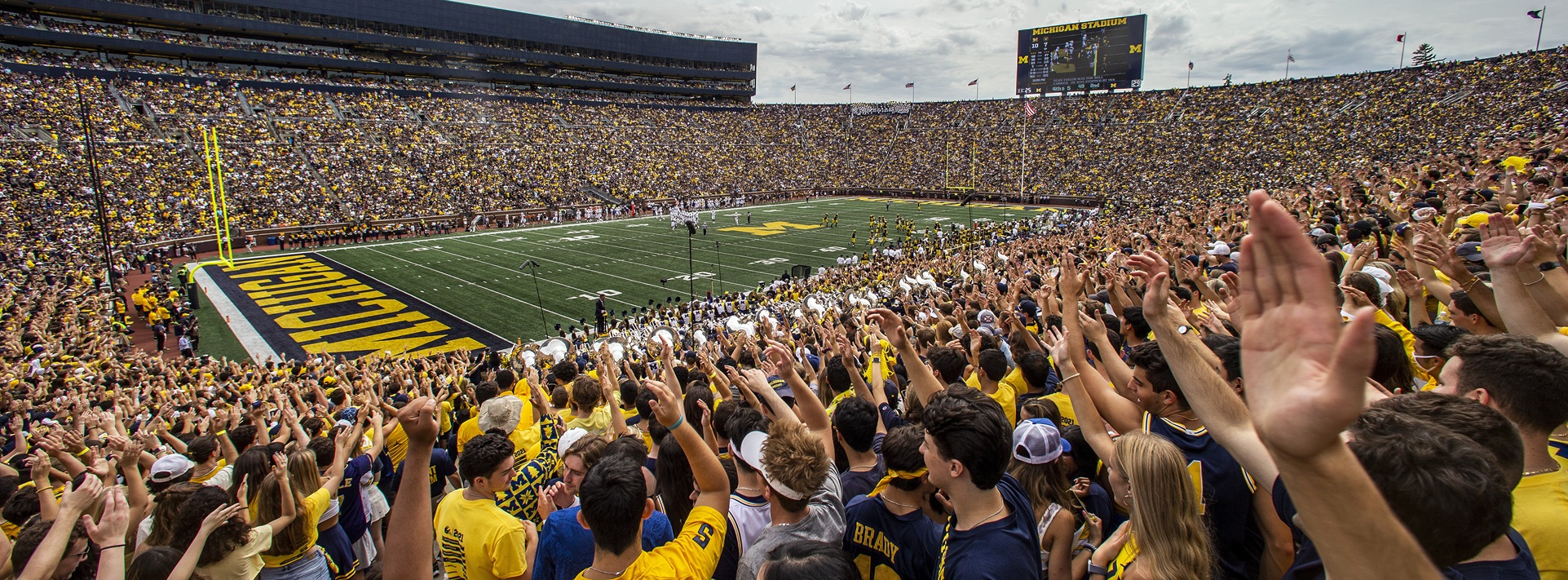Recreation and wellness center
- Home Page 191

South Sea Bubble
This content is accessible to paid subscribers. To view it please enter your password below or send mike@standardsmichigan.com a request for subscription details.
Doors & Windows
More
International Code Requirements for Windows & Doors
Transcripts of 2021 International Building Code Group A Public Comment Agenda
Class list day! #gosages pic.twitter.com/yumktgvM9v
— Adam Clapp, Supt (@MonticelloCUSD) August 8, 2023
Revolving Pedestrian Doors
Gone are the days when a door was just a door (or “opening”) — at least insofar as public safety expectations are concerned. As we explain in our School Security Standards post the pace of standardization in public safety management and technology has increased; driven by events. Some of the risk management can be accomplished with integrated electrotechnology solutions that are complex and more expensive to design, build, operate and maintain. Architects, electrical and information and communications technology professionals usually have to collaborate on the application of the technology owing to the blistering pace of cross-disciplinary integration.
The Builders Hardware Manufacturers Association (BHMI) is an ANSI accredited consensus standards developer for building access and egress technology standards that facility managers may see incorporated by reference deep in the architectural and electrical sections of construction contract specifications. An example of how BHMA standards show up in enforceable contracts can be found in most master construction contracts in the education facility industry.*on Page 38 Master Construction Contract
The front door to the BHMA public commenting facility is linked below:
No drafts have been released for public consultation at this time; however we maintain the BHMA catalog on our daily scan of building construction standards.
We always encourage direct participation in the BHMA standards development process by facility managers and those with oversight on campus security. You may obtain an electronic copies of any of the foregoing from MTierney@kellencompany.com and send comments to the same (with copy to psa@ansi.org).
All education facility security standards can be discussed any day at our daily 11 AM Eastern time teleconference. We also set aside one hour every month to review the status of the rapidly evolving “fabric” of school security standards. See our CALENDAR for the next online meeting; always using the same login credentials and always open to everyone.
Issue: [19-52]
Category: Architectural, Electrical, Facility Asset Management, Telecommunication, Public Safety, #SmartCampus, Risk Management
Colleagues: Mike Anthony, Jim Harvey. Jim Vibbart
Source: ANSI Standards Action
* See Page 38: Master Construction Specifications (Samples) (E.729) : Note the requirement to “Use date of standard in effect as of Bid date”. Standards in this space are moving quickly, and integrate with other electrotechnology standards. It is an uphill battle for architects, engineers, specifiers and contractors to keep pace with them. Compliance authorities usually keep pace with them, however, because the compliance interest is very strong in all standards development committees and compliance revenue originates from enforcing them.
LEARN MORE:
Campus safety! Workers are busy installing locks on hundreds of classroom doors. @OhioStateFOD @OSUPOLICE and the Registrar’s Office teamed up to make it happen. pic.twitter.com/hOqXtjYRJq
— Ohio State A&P (@OhioStateAP) March 1, 2019
The Influence of Family Capital Theory on The Students’ Choice of Normal Majors
Huiping You, et. al
College of Education Science, Harbin Normal University
Abstract: This paper constructs an analysis model based on three dimensions of the family economic capital, family cultural capital and family social capital of the family capital theory. It was using questionnaire method, SPSS software, from the family economic income, income sources, family parenting style and other aspects of the investigation. It is found that family economic capital has a negative correlation with the choice of normal majors of college students. Family cultural capital has no apparent correlation with college students’ normal major choice, and family social capital has a positive correlation with college students’ normal major choice. To provide a reference for promoting the choice of normal majors and promoting the high- quality development of normal education.
CLICK HERE to order complete paper
How to Wear A Kilt
A few store lambs weighed and drafted off this afternoon, ready to be sold through Farm Stock Scotland @Farm_Stock 🐑🌱#sheepfarming pic.twitter.com/2qSnJvWCie
— Helen Georgina Marsden (@helengeorgina94) August 29, 2023
Michigan 34 | Washington 13
Go Blue!!!! Live look at some maize and blue on the Empire State Building right now: pic.twitter.com/iV61BVQhZP
— Drew Parks (@drewparks) January 9, 2024
This is going to look mighty nice at the University of Michigan 〽️. #GoBlue pic.twitter.com/DcB1jdodE7
— Santa Ono (@SantaJOno) January 9, 2024
Scenes from Ann Arbor. The video doesn’t do it justice. pic.twitter.com/e22RVmCQvA
— Aiden Wagner (@TheAidenWagner) January 9, 2024
Style
In addition to the astonishing size of the global garment industry, risk aggregations in the facilities that support the education and training of young professionals for careers in this field are among the most complex. Not only have we moved this topic from our Saturday stream (which has run about four years now) but starting 2023 we move it into our weekday curriculum further breaking the coverage down further. Join us today at 16:00 UTC as we begin organizing these topics separately.
We start with titles on our Fine Arts syllabus; putting aside the arguable difference between style and fashion which is largely outside our area of expertise. Keeping these spaces safe and sustainable is.
Everyone would basically be 50% happier if everyone dressed a little better. Clothes are everywhere. Everyone doesn't have to be a clothes hound, but if the girls looked pretty and the guys looked nice, people would be happier and even more optimistic about the future. pic.twitter.com/iQcNPL1cMl
— O.W. Root (@NecktieSalvage) July 17, 2024
More:
North Carolina State University: Textile Protection and Comfort Center
South Texas College: General Studio Rules & Procedures
The New School: Parsons Relocates After West 13th Electrical Fire
Barbie
This content is accessible to paid subscribers. To view it please enter your password below or send mike@standardsmichigan.com a request for subscription details.
Isaac Newton and the perils of the financial South Sea
This content is accessible to paid subscribers. To view it please enter your password below or send mike@standardsmichigan.com a request for subscription details.
New update alert! The 2022 update to the Trademark Assignment Dataset is now available online. Find 1.29 million trademark assignments, involving 2.28 million unique trademark properties issued by the USPTO between March 1952 and January 2023: https://t.co/njrDAbSpwB pic.twitter.com/GkAXrHoQ9T
— USPTO (@uspto) July 13, 2023
Standards Michigan Group, LLC
2723 South State Street | Suite 150
Ann Arbor, MI 48104 USA
888-746-3670



